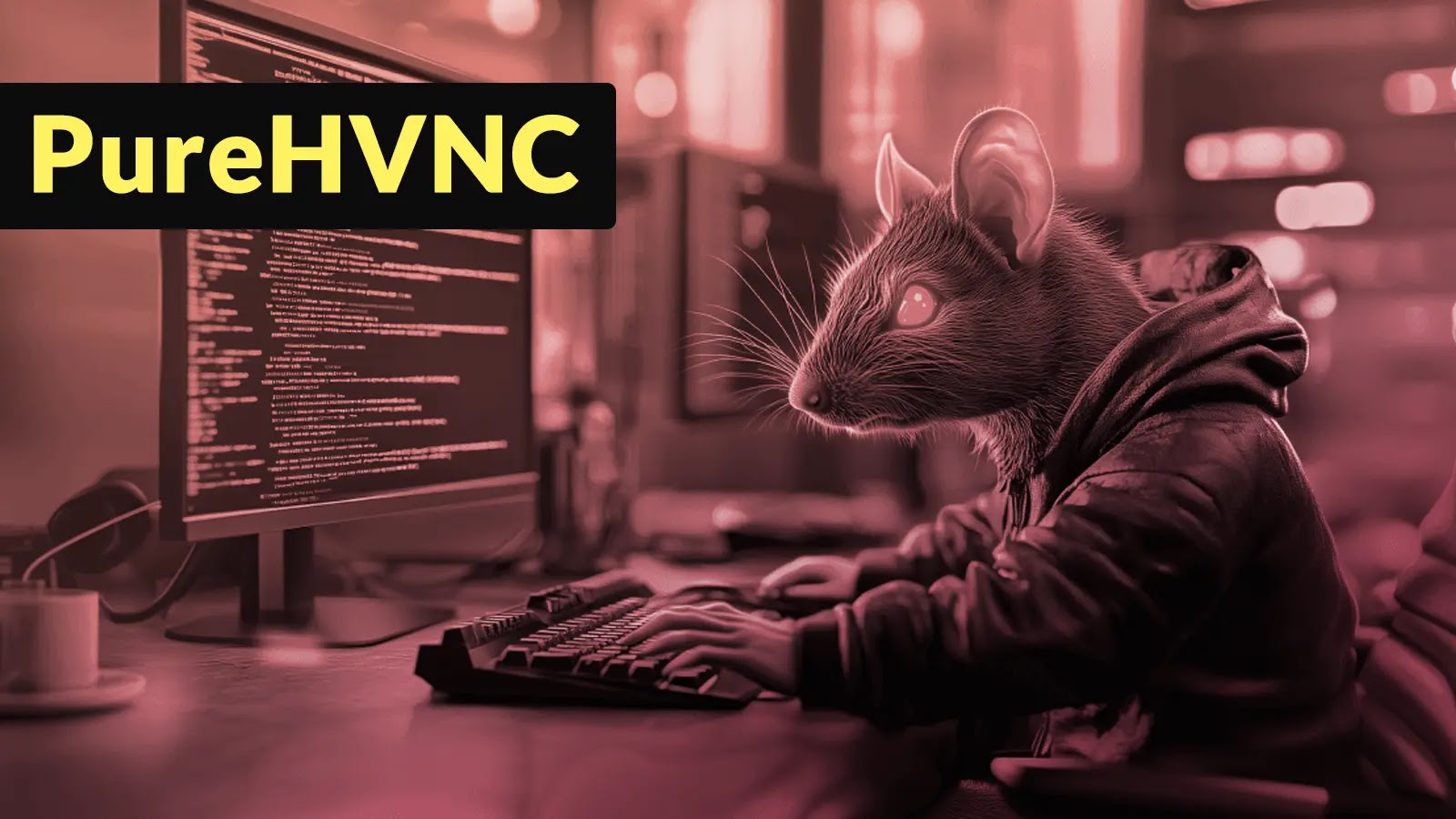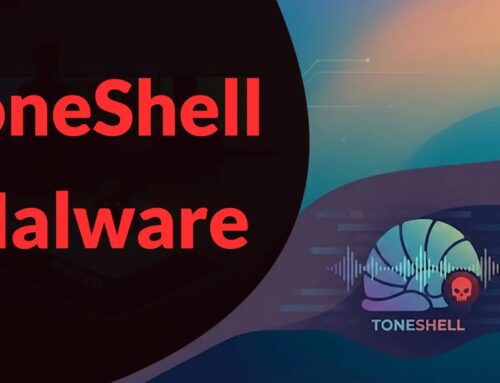
PureHVNC RAT Developers Leverage GitHub Host Source Code
The digital threat landscape is in constant flux, with new and evolving tools emerging to challenge even the most robust security postures. A prime example of this evolution is the PureHVNC remote administration tool (RAT), a sophisticated component of the Pure malware family. Understanding its operational methods and the infrastructure supporting it is critical for cybersecurity professionals. Recent intelligence highlights how PureHVNC developers are leveraging common platforms like GitHub to host
source code, underscoring a persistent challenge in vendor security and supply chain integrity.
The Rise of PureHVNC and the Pure Malware Family
PureHVNC gained significant traction in mid-2025, becoming a prominent tool in targeted intrusion campaigns. Its origins trace back to underground forums and Telegram channels, where a developer known as PureCoder markets it alongside other malicious tools. This suite includes PureCrypter, a versatile crypter (a tool used to obfuscate malware to evade detection); PureLogs, likely designed for credential harvesting or data exfiltration; and PureMiner, indicative of cryptocurrency mining malware. The integrated nature of these tools suggests a comprehensive malicious ecosystem designed for various attack vectors, from initial compromise to persistent access and data exfiltration. The continuous development and distribution of such tools on readily accessible platforms present a significant obstacle to proactive defense.
GitHub’s Role in Malware Distribution
The practice of malware developers using legitimate platforms like GitHub is not novel, but its continued prevalence for tools like PureHVNC highlights a critical point of vulnerability. For adversaries, GitHub offers several advantages:
- Legitimate Infrastructure: Hosting on GitHub provides a seemingly legitimate source, potentially evading some network perimeter defenses that might block unknown or suspicious domains.
- Version Control: Developers can easily manage and update their malicious code, track changes, and distribute new versions to their illicit clientele quickly.
- Accessibility: The global accessibility of GitHub makes it simple for distributed threat actors to access and utilize the tools, fostering a broader adoption of the malware.
- Camouflage: Malware source code can be embedded within seemingly innocuous projects or repositories, making detection more challenging for automated scanning tools.
This exploitation of trusted platforms necessitates a closer look at supply chain security and the vetting of external dependencies for organizations.
Impact of PureHVNC in Targeted Intrusions
As a remote administration tool, PureHVNC offers attackers extensive control over compromised systems. Its sophistication likely includes features such as:
- Remote Desktop Control: Allowing attackers to view and interact with the victim’s desktop in real-time, effectively assuming control of the machine.
- File Management: The ability to upload, download, and execute files on the compromised system.
- Keylogging: Capturing keystrokes to steal credentials and sensitive information.
- Reverse Shell Capabilities: Providing a persistent backdoor for command execution.
- Stealth and Evasion: Incorporating techniques to avoid detection by antivirus and endpoint detection and response (EDR) solutions.
These capabilities, when combined with other tools from the Pure malware family, enable highly effective and persistent intrusion campaigns that can lead to significant data breaches, financial losses, and operational disruptions.
Remediation Actions
Mitigating the threat posed by PureHVNC and similar sophisticated RATs requires a multi-layered and proactive cybersecurity strategy. Organizations should focus on these key areas:
- Enhanced Endpoint Protection: Deploy and maintain advanced EDR solutions capable of behavioral analysis to detect anomalous activities indicative of RAT presence, even if the initial executable evades antivirus.
- Network Traffic Monitoring: Implement continuous monitoring of network traffic for unusual outbound connections, command-and-control (C2) communication patterns, and DNS requests to suspicious domains.
- Software Supply Chain Security: Scrutinize all third-party libraries, open-source components, and developer tools used within the organization. Implement vulnerability scanning for these dependencies.
- Employee Training: Conduct regular security awareness training emphasizing phishing prevention, cautious handling of suspicious attachments, and the dangers of downloading software from unverified sources.
- Access Management: Enforce the principle of least privilege, ensuring users and applications only have the necessary permissions to perform their functions. Implement multi-factor authentication (MFA) across all systems.
- Regular Patching and Updates: Keep all operating systems, applications, and security software up to date to remediate known vulnerabilities. While not directly tied to a specific CVE (e.g., this is about malware distribution, not a software flaw itself), adherence to patch management best practices is crucial for overall system hardening.
- Threat Intelligence Integration: Subscribe to and integrate reputable threat intelligence feeds to stay informed about emerging malware, active campaigns, and indicators of compromise (IoCs) associated with families like PureHVNC.
Proactive defense and a robust incident response plan are paramount in countering threats that leverage legitimate platforms for malicious ends.
Conclusion
The use of GitHub by PureHVNC RAT developers to host source code underscores a growing trend where adversaries exploit trusted platforms for their illicit operations. This tactic makes detection and attribution more challenging and places a higher burden on organizations to maintain vigilance across their entire digital footprint. By understanding the capabilities of PureHVNC and implementing comprehensive security measures, cybersecurity professionals can bolster their defenses against these evolving and sophisticated threats. Continuous monitoring, robust threat intelligence, and a strong security culture are essential to protect against the Pure malware family and similar malicious tools.





